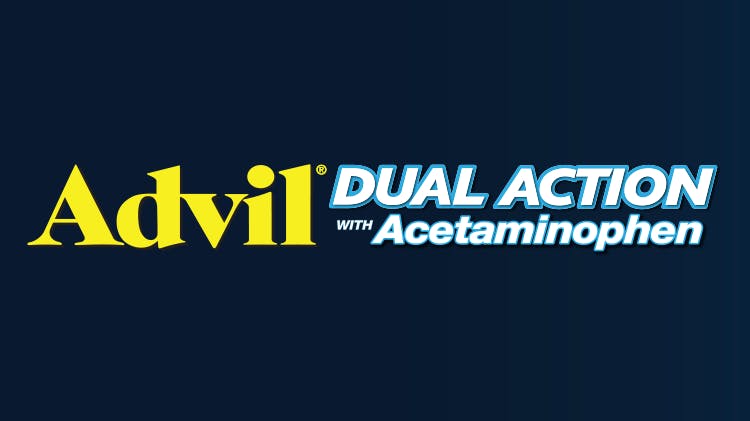Sprains and Strains: Signs and Symptoms
Recognizing muscle pain from sprains and strains1
The signs and symptoms of sprains and strains will vary in severity, but identification is paramount to initiate the right treatment.
Signs and symptoms1,2
Both sprains and strains cause pain, inflammation and swelling.
- Symptoms of a sprain occur around the affected joint and can also include bruising, loss of the ability to move (functional ability), and mechanical instability if severe
- Symptoms of a strain affect the injured muscle and can include spasm, weakness, cramping, and loss of muscle function if severe
Symptom severity depends on both the severity of the injury and the time since the injury took place – it can take up to 24 hours for bruising and swelling to become apparent.2
Meet Ben and Nicholas

Ben
Ben, 32, balances the demands of his fulltime job with taking care of his two young children.
He enjoys going to the gym or exercising outdoors and loves nothing more than playing with his children. The last thing he needs is pain from a sprain or strain affecting his life.
Unfortunately, Ben has recently sustained a muscle injury while running, which means he struggles to do the things he loves. Ben is struggling to work and take care of his children.
Ben wants effective pain relief and fast recovery. Advil® DUAL ACTION uses two active ingredients to fight pain together.

Nicholas
Nicholas, age 35, is an ambitious guy. During the week, he holds down a professional position in an office – but sports are his real passion: his free time revolves around it, after work and for a considerable part of his weekend, both playing and watching.
Nicholas has recently strained a muscle that he has injured several times before, and recovery is taking longer than it did in the past. This means he is having to stick to the sidelines because he is in pain, which is making him frustrated.
Nicholas needs a solution that offers effective pain relief and fast recovery. Advil® DUAL ACTION provides fast, long lasting pain relief, so Nicholas can get on with his life.5
Understanding Sprains and Strains

ADVIL® DUAL ACTION with acetaminophen
Advil® DUAL ACTION is a fixed-dose of both ibuprofen (250 mg) and acetaminophen (500 mg) that fights pain in two ways.
.jpg?auto=format)
Advil® DUAL ACTION Drug Facts and Dosing
The drug facts contain all you need to know about the drug, as well as NSAID and acetaminophen warnings.
Safety
Advil® DUAL ACTION contains two active ingredients—ibuprofen and acetaminophen—both of which have a well-known and established safety profile.